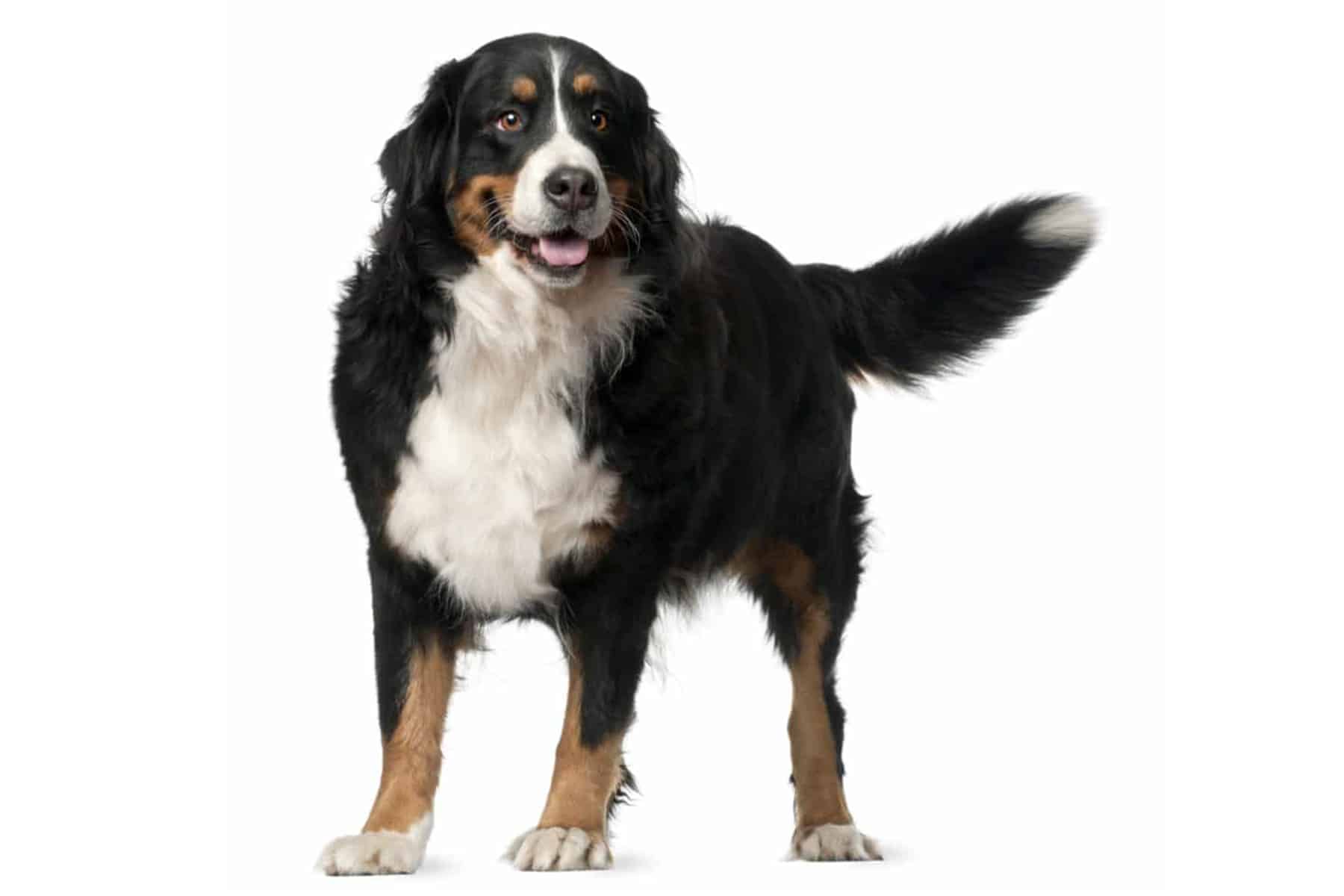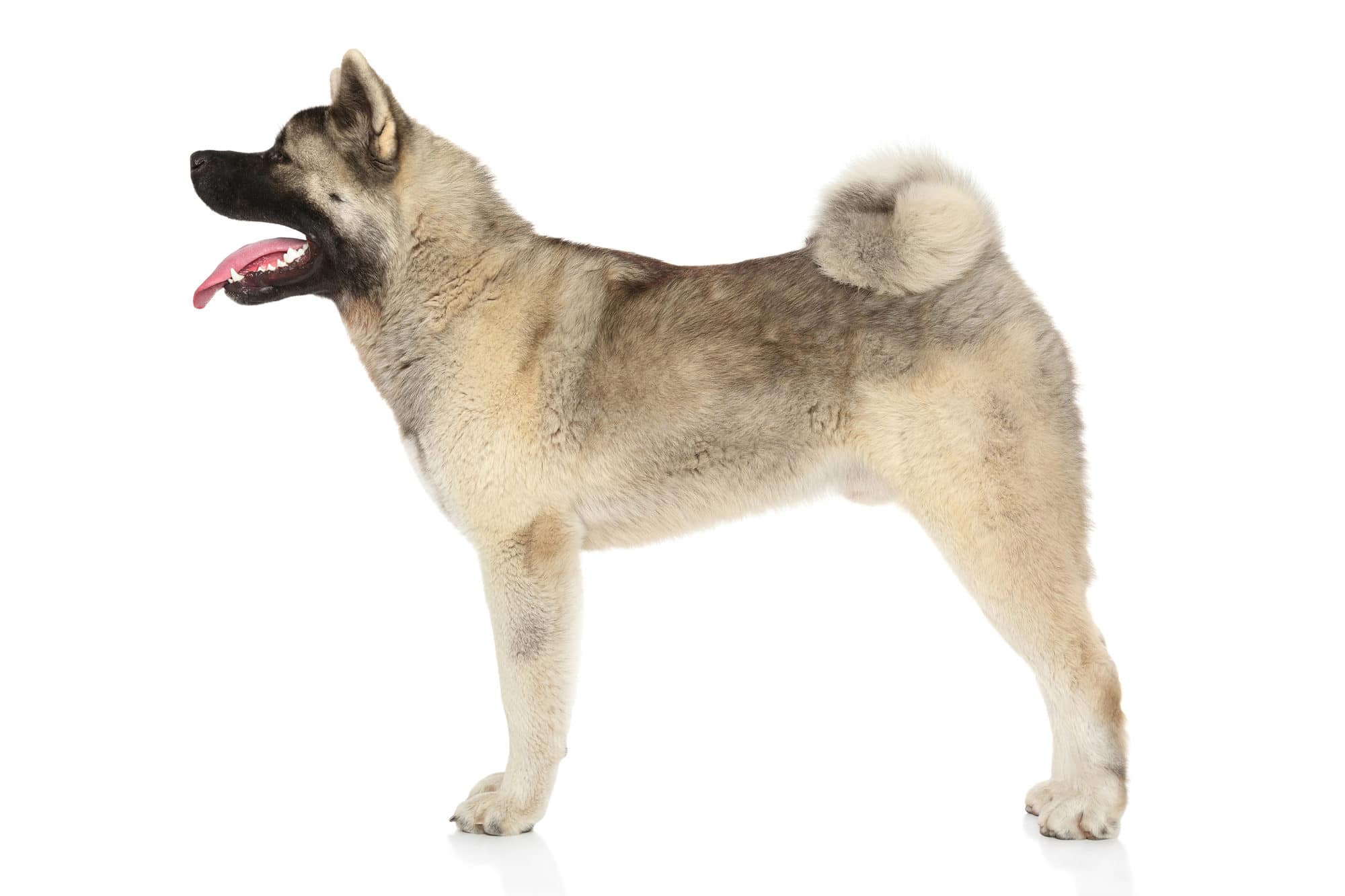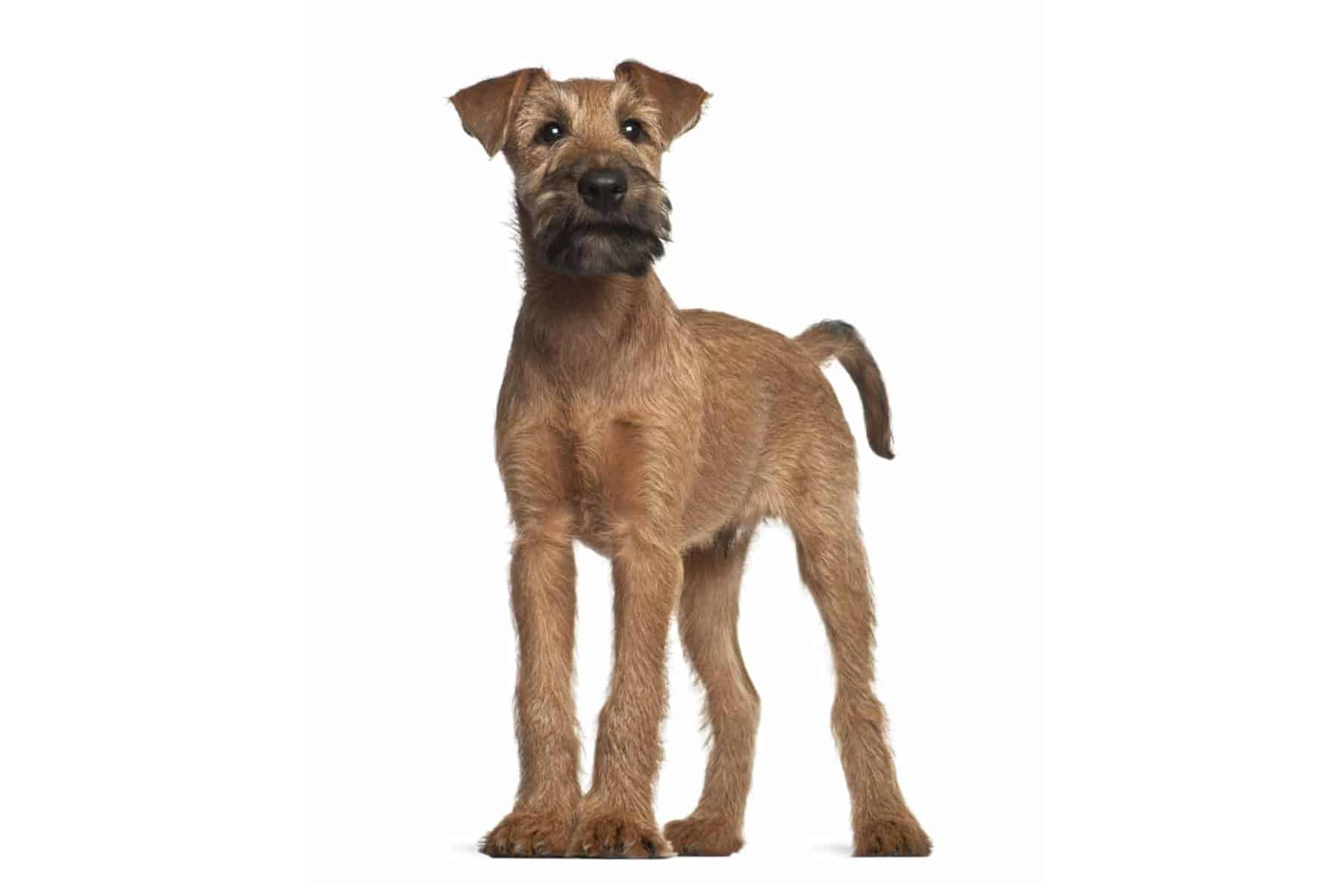Griffon Nivernais
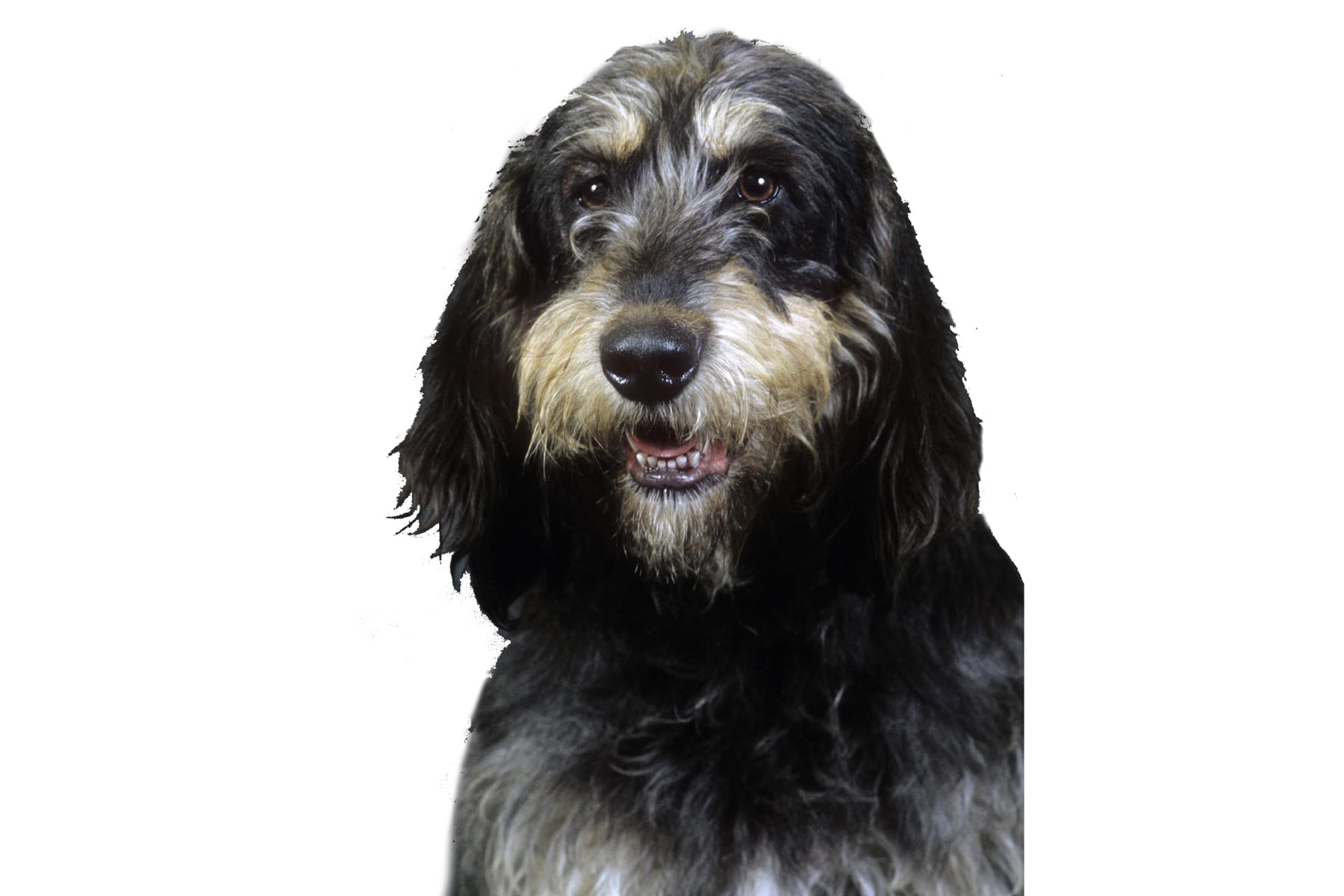

Temperament:
The Griffon Nivernais is a French breed recognized by the FCI. This old dog breed was considered extinct for a long time and could only be reintroduced through breeding. They are excellent hunting dogs with exceptional courage.
Characteristics
The Griffon Nivernais can reach a height of 62 cm at the withers. Its strong body has a square shape.
The long, shaggy hair is characteristic. The ends of the hair are always darker than the roots. The color is pale to grey with scattered white hairs all over the body. A small white patch on the chest is not unusual and is permitted in the breed standard.
The breed's long, drooping ears are soft and densely coated. The Griffon Nivernais has a small beard on the chin. The eyebrows are very pronounced, but do not cover the dog's lively eyes.
The black nose of the Griffon Nivernais is exceptionally fine. This makes it an excellent hunting and herding dog. Its courage and independence are also very welcome qualities in this respect.
Sometimes representatives of this breed are somewhat stubborn and headstrong. Nevertheless, the dogs do not like to be alone and need to be close to a caregiver.
Although the Griffon Nivernais is not particularly suitable as a family dog, it is generally friendly and even-tempered. It is sometimes shy and reserved towards strangers.
Coat care:
Shedding:
Energy level:
Trainability:
Children suitable:
The right food
The Griffon Nivernais has a tendency to rotate its stomach. This means that the stomach rotates around its own longitudinal axis. The cause is not known. Because of this weakness, your dog should definitely rest after eating.
When choosing food, make sure that it contains high-quality ingredients, is balanced and meets your dog's requirements. Age, size or weight, activity and health status play an important role here. You should follow the manufacturer's recommendations for the amount of food.
Treats should only be fed in moderation and deducted from the basic diet to avoid obesity.
Puppies can be fed 4-6 times a day. The number of meals should be gradually reduced to 2 per day until the dog is fully grown.
Fresh drinking water should be available at all times.
Health & Care
The Griffon Nivernais' rough coat should be combed thoroughly two to three times a week.
Normally the coat does not need to be trimmed, but sometimes it can be useful to trim the hair around the eyes. Shortening the hair under the ears can reduce the risk of inflammation by improving air circulation.
Dead hair should be removed two to three times a year.
However, clipping the coat should be avoided at all costs, as this destroys the top coat in the long term.
Suitable accessories
Your dog's basic equipment should include the following accessories: Collar or harness with lead, dog basket or dog mat as a retreat, water and food bowl, tick tweezers, claw clippers, mild dog shampoo, brush and comb, toothbrush and toothpaste for dogs, transport box for transportation in the car and a first aid kit. Ask your vet what belongs in the first aid kit.
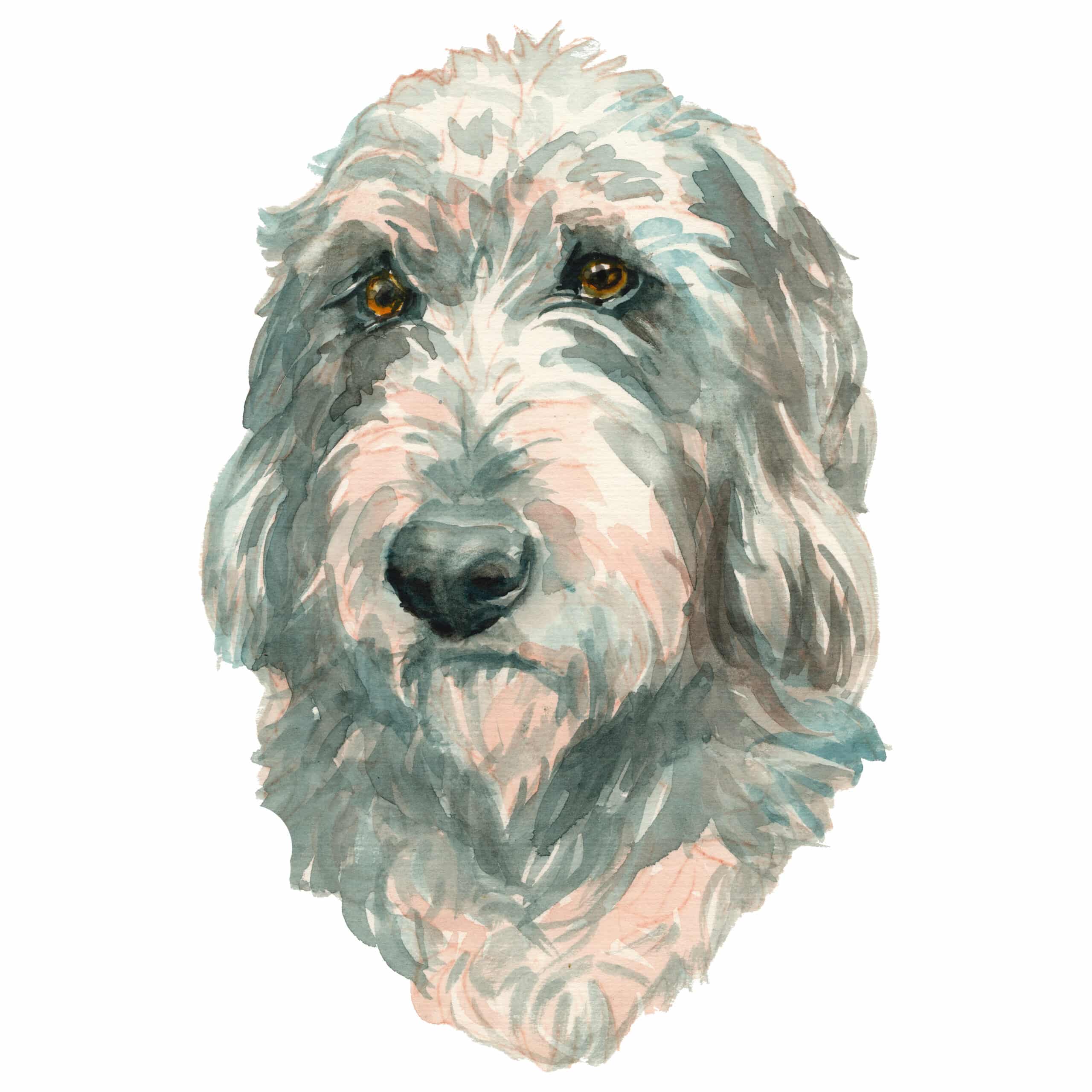
Origin & History
The ancestors and role models of the reconstruction breed were the great wolf hunters of Louis the Saint, who lived in the 11th century. They came from the Balkans and were introduced by the Crusaders.
However, the famous Griffon Nivernais is considered the French breed of the Middle Ages. It was mainly bred for hunting wild boar. However, when faster dogs were needed for hunting, this breed became increasingly rare. After the French Revolution, it finally disappeared completely.
The Griffon Nivernais Club was founded in 1925. For the reconstruction, the Grand Griffon Vendéen was crossed with other running dog breeds such as the Otterhund and the English Foxhound.
The Griffon Nivernais is therefore still used for hunting today. However, today's breed is around 20 cm smaller than its role model.

